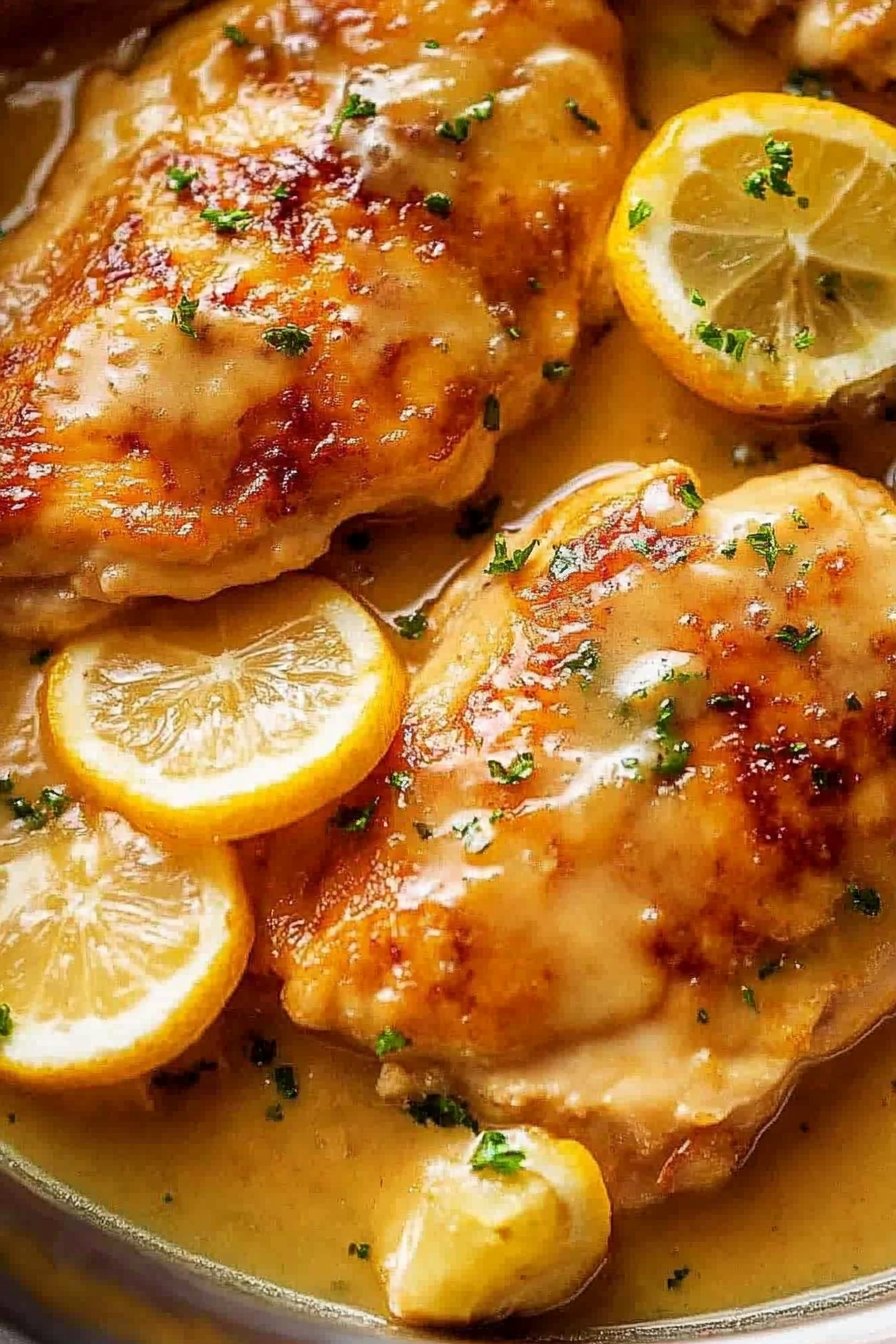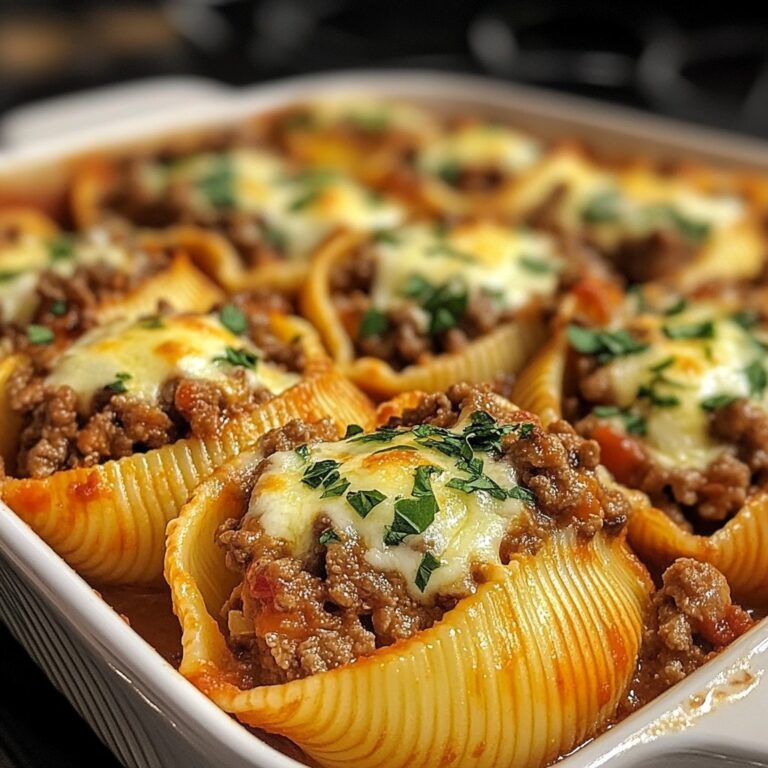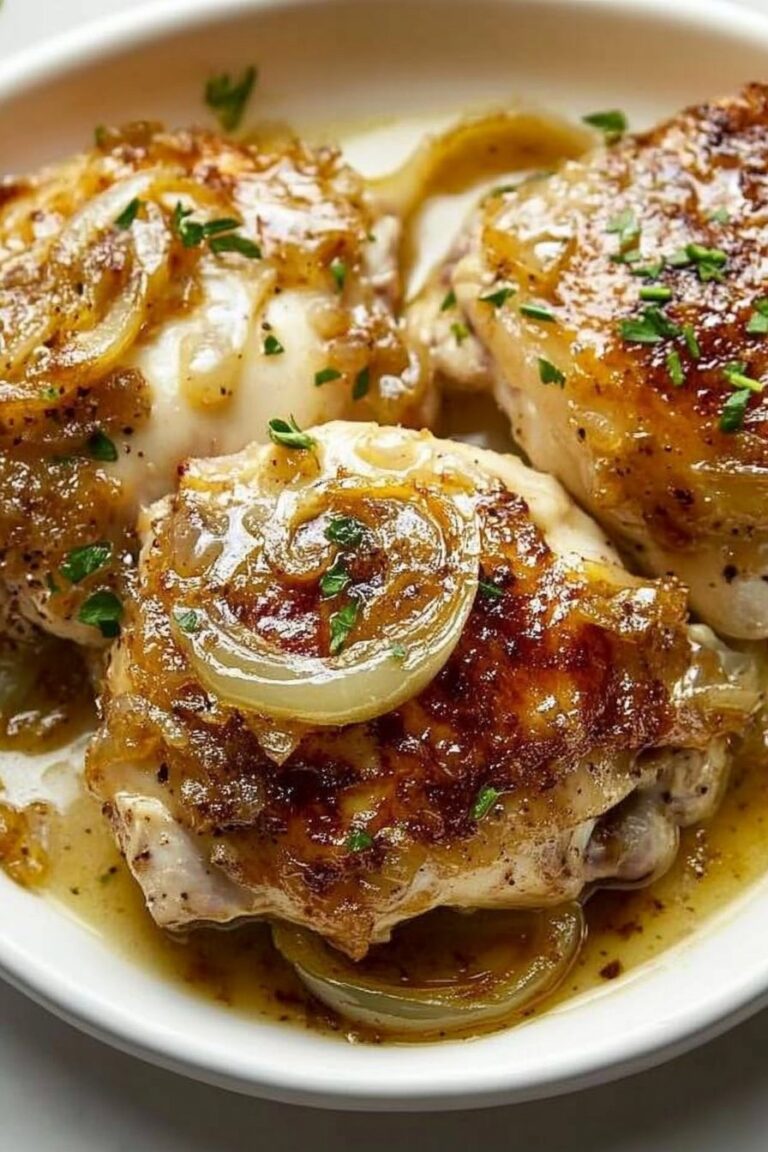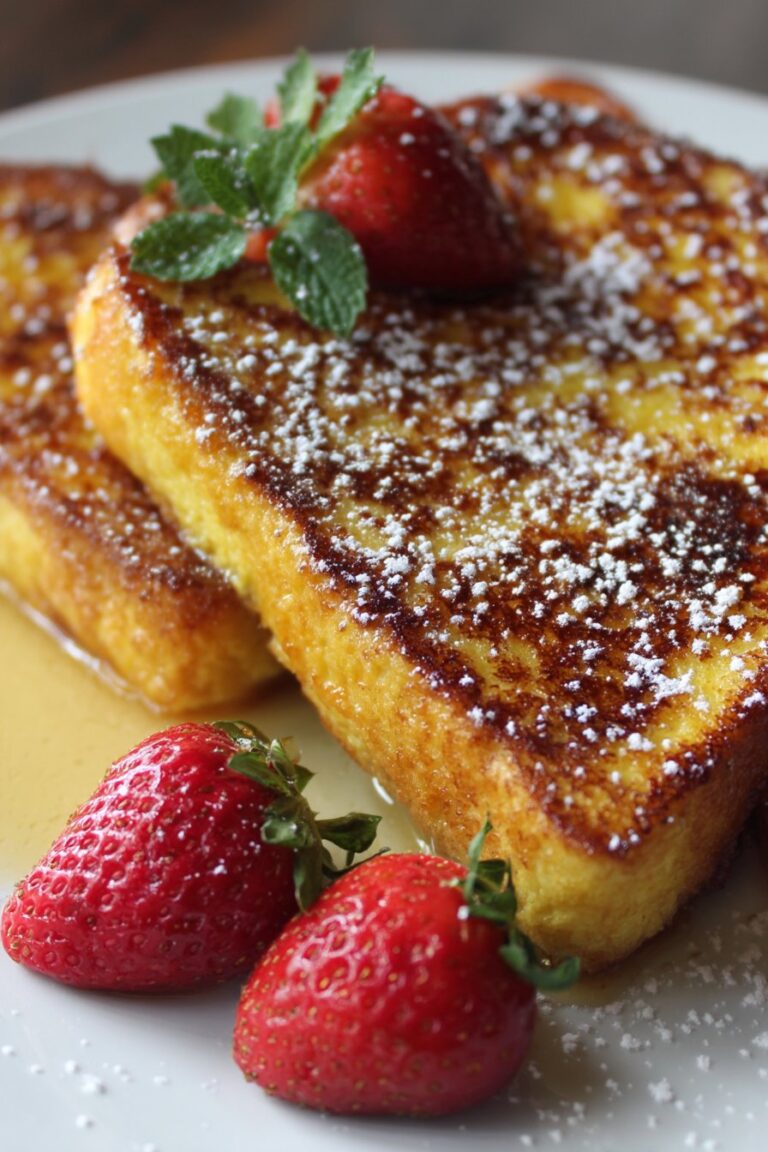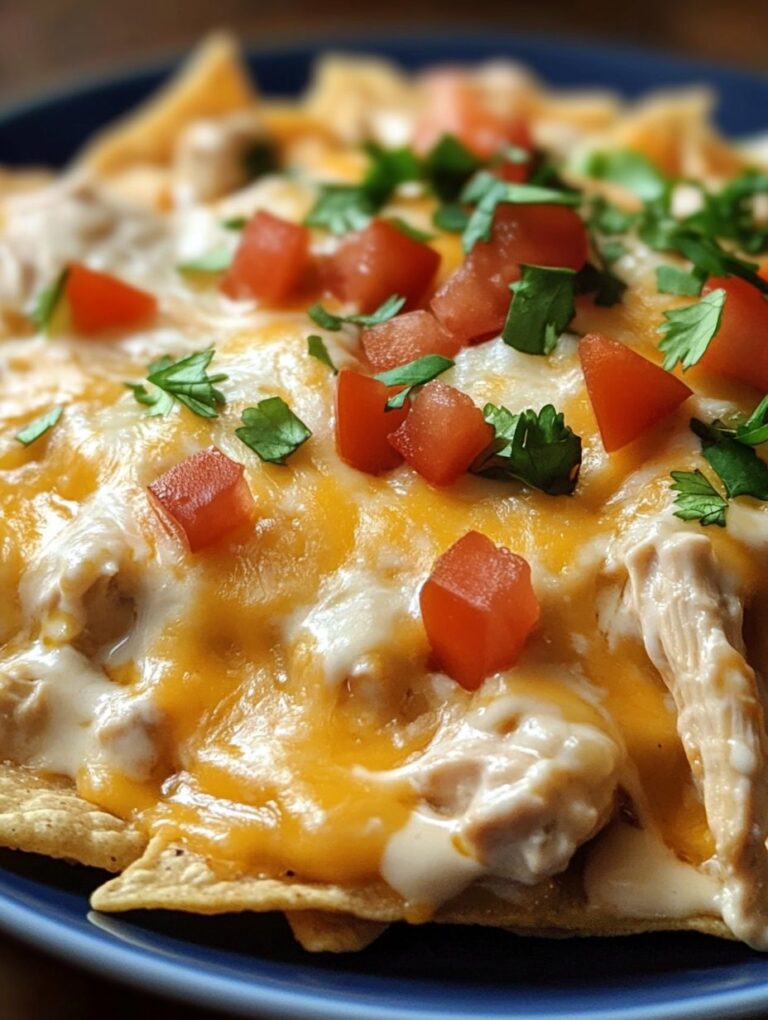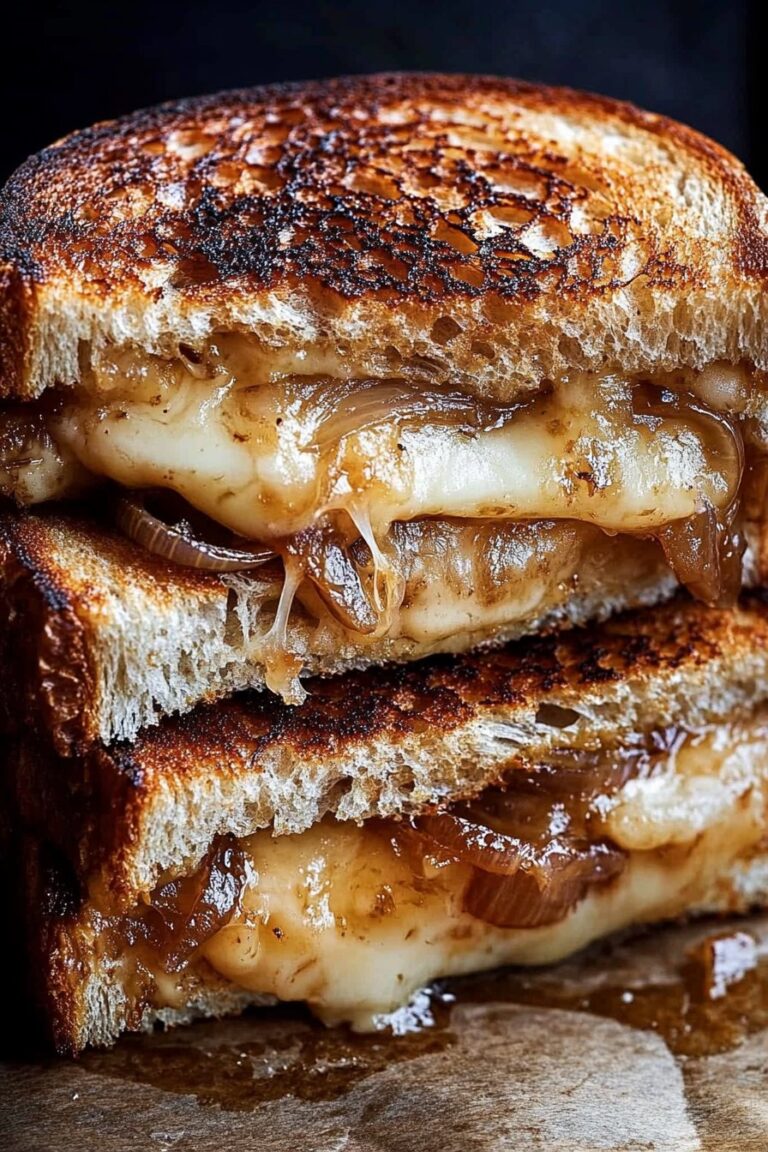Chicken Francese
Okay, So You Want to Make Chicken Francese?
Alright, settle in! Let’s talk Chicken Francese. This is one of those dishes that sounds kinda fancy, right? Like something you’d only get at a nice Italian place or maybe your incredibly talented aunt makes it for special occasions. But honestly? It’s SO doable at home, and it’s become one of my absolute favorite weeknight dinners. I first attempted this years ago, probably after seeing it on a cooking show or maybe I just ordered it once and fell in love. My first go… well, let’s just say there was a lot of flour floating in the sauce. Live and learn, folks! Now, I’ve got it down to a delicious, pretty foolproof method. It’s buttery, lemony, savory, and just… makes you happy. You gotta try it!
Why You’ll Seriously Love This
Okay, why this recipe? Well, besides the fact that it’s Chicken Francese (which is reason enough for some folks, let’s be real), I make this when I need something that feels special but doesn’t take hours. It’s relatively quick – definitely weeknight quick once you’ve made it a couple of times. My family goes absolutely bonkers for this because it’s got that bright lemon flavor and the chicken stays super tender form the quick cook time. It’s also surprisingly forgiving (unlike some other Italian classics I could mention, *cough* risotto *cough*). Plus, who doesn’t love dredging chicken? Okay, maybe that’s just me, but it’s kinda fun!
What You’ll Need (Ingredients List!)
Here’s the stuff you’ll need to round up. Don’t stress too much about perfection here.
- About 1.5 lbs (or 6-8 pieces) boneless, skinless chicken breasts. I slice ’em thin, maybe 1/4 inch or so. You can buy thin-sliced if you’re in a hurry, but slicing yourself is cheaper and you control the thickness.
- 1/2 cup all purpose flour. Any kind is fine. Gluten free works too!
- Salt and pepper, you know, to taste. Don’t be shy!
- 3 large eggs. Give ’em a good whisking in a shallow dish.
- A few tablespoons of milk or cream (optional, but I think it makes the egg wash richer).
- Half a cup of unsalted butter. Yes, *half a cup*. Don’t skimp. This is where the magic happens.
- A couple tablespoons of olive oil.
- 1 cup of dry white wine. Something drinkable, nothing fancy needed. Pinot Grigio or Sauvignon Blanc are my usual go-tos. If you absolutely don’t want to use wine, you can use more chicken broth, but the wine adds a nice depth.
- 1 cup of chicken broth (low sodium is good so you can control the salt).
- Juice of 1-2 large lemons. Start with one, taste, and add more if you’re a lemon fiend like me. Fresh squeezed is non-negotiable here, folks.
- A handful of fresh parsley, chopped. For garnish and flavor!
- Maybe a clove of garlic, minced? Some people add it, some don’t. I add it sometimes, depending on my mood.

Let’s Get Cooking! My Way
- First things first, prep that chicken. If you didn’t buy thin-sliced cutlets, now’s the time. Lay a breast flat, hold it steady with one hand, and slice horizontally into thin pieces. If they’re uneven, it’s okay! Embrace the rustic look.
- Grab three shallow dishes. In the first, put the flour with a good pinch of salt and pepper. In the second, whisk the eggs (and milk/cream if using). In the third, you’ll put your floured chicken pieces after you pound ’em. Oh wait, did I forget pounding? Yes, okay, slight adjustment: After slicing, put each piece between two pieces of plastic wrap and gently pound with a meat mallet (or the bottom of a heavy pan) until they’re about 1/8 inch thick. This is key for tenderness and quick cooking. *Then* into the flour they go, shaking off excess.
- Heat up a large skillet over medium-high heat. Add about half of the butter and a tablespoon of the olive oil. You want it hot enough so the butter melts and starts to foam slightly, but not smoking.
- Dredge a few floured chicken cutlets in the egg wash, letting the excess drip off.
- Carefully lay the coated chicken into the hot pan. Don’t overcrowd! Cook for just 2-3 minutes per side, until golden brown and cooked through. Chicken cooks fast when it’s thin!
- Remove the cooked chicken to a plate. Keep it warm; I usually just tent it loosely with foil.
- Add the rest of the butter and olive oil to the pan. Cook the remaining chicken, adding more butter/oil as needed between batches.
- Once all the chicken is cooked and resting, this is where the sauce magic happens. If you decided to add garlic, toss it in the pan now and cook for like, 30 seconds until fragrant. Don’t let it burn!
- Pour in the white wine. Use a wooden spoon to scrape up all those delicious browned bits on the bottom of the pan. This is called deglazing, and it’s important for flavor. Let the wine bubble and reduce by about half, which only takes a minute or two.
- Pour in the chicken broth and the lemon juice. Bring it to a simmer and let it cook for a few minutes, until the sauce thickens slightly. You can whisk in a little slurry of flour and water if you want it thicker, but I usually just let it reduce naturally. Taste the sauce here! Add more salt, pepper, or lemon juice if it needs it.
- Return the cooked chicken cutlets to the pan, nestling them in the sauce. Let them simmer gently for another minute or two just to heat through and soak up some of that lovely sauce.
- Right before serving, stir in the chopped fresh parsley.
- Serve immediately!
Notes from My Kitchen Trials
- I learned the hard way that overcrowding the pan is a no-go. The chicken won’t brown nicely, and it kinda steams instead. Cook in batches!
- Don’t skip pounding the chicken thin. It makes a huge difference in how fast and evenly it cooks, and it stays way more tender.
- Using fresh lemon juice is key. The stuff in a bottle just doesn’t have the same bright, zesty flavor.
- Sometimes I’ll throw in a caper or two at the end for a little salty pop, but purists might disagree.
- Your sauce might not be super thick like gravy, and that’s okay! It should be a light, flavorful pan sauce.
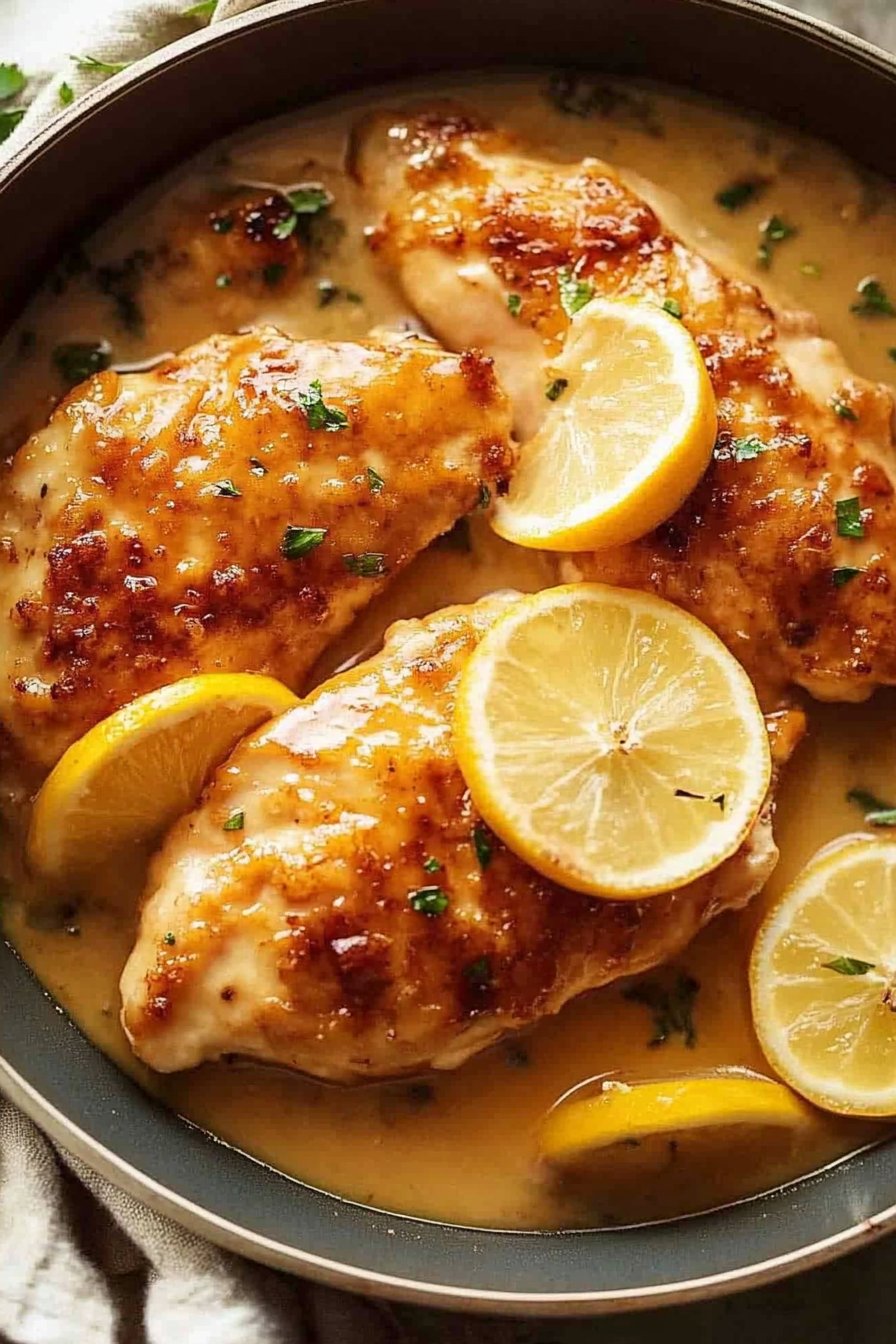
Mixing It Up (My Experiments!)
I’ve played around a bit with this dish. One time I added mushrooms to the sauce after deglazing, and that was pretty good! Just slice ’em thin, cook ’em down after the garlic. Another time, I used veal instead of chicken, and gosh, Veal Francese is just magnificent, though pricier. My least successful attempt? Trying to make it dairy-free. Using oil instead of butter just doesn’t give you that rich flavor, and frankly, it’s just not Francese without the butter, in my humble opinion. Stick to the real deal for this one.
Gear You’ll Need
Mostly standard kitchen stuff! A good large, heavy-bottomed skillet is essential. Cast iron or stainless steel works well. You’ll also need those shallow dishes for dredging, a cutting board, and a sharp knife for slicing the chicken. A meat mallet is super helpful for pounding, but hey, the bottom of a sturdy pan works in a pinch!

Leftovers Situation
If you *do* happen to have any leftovers (though honestly, in my house it never lasts more than a day!), store them in an airtight container in the fridge. Reheat gently on the stovetop or in the microwave. The sauce might thicken a bit more when cold, but it’s still delicious.
What to Serve With It
Oh, the possibilities! We usually have it with some simple pasta, like linguine or capellini, to soak up that gorgeous lemon sauce. A side of roasted broccoli or green beans is also a perfect pairing. Mashed potatoes? Yep, works too. A crusty piece of bread? Absolutely mandatory for swiping up that sauce!
Learned the Hard Way (Pro Tips!)
I once tried rushing the pounding step because I was starving, and the chicken cooked unevenly. Some pieces were done, others were still a bit… bouncy. Take the extra 5 minutes to pound ’em thin! Also, don’t walk away when the wine is reducing; it can go from perfect to gone really fast. And finally, taste and adjust the sauce! It’s your kitchen, make it how *you* like it.
Burning Questions You Might Have (FAQ!)
Q: Can I make this ahead of time?
A: Hmm, not really the whole thing. The chicken is best cooked fresh so it stays tender. You could probably slice and pound the chicken ahead of time, and even mix the dredging ingredients, but cooking it right before serving is key for the best texture.
Q: What if I don’t have white wine?
A: You can use more chicken broth instead. The flavor won’t be quite as complex – the wine adds acidity and depth – but it’ll still be tasty. Maybe add a splash of white wine vinegar or apple cider vinegar to the broth to mimic some of that acidity? Just a little splash though!
Q: My sauce didn’t thicken! Help!
A: No worries! You can make a quick slurry: whisk together a teaspoon of flour or cornstarch with a tablespoon or two of cold water until smooth. Pour this into the simmering sauce while whisking. Let it simmer for another minute or two and it should thicken right up. Just make sure there are no lumps!
Q: Can I use chicken thighs?
A: You totally can! Chicken thighs are more forgiving and tend to stay moist. You’ll probably need to adjust the cooking time slightly, as thighs are thicker than the pounded breasts. Just make sure they’re cooked through.
Q: Where did Francese come from anyway?
A: Great question! Despite the name, it’s actually believed to be an Italian-American dish, maybe form the New York/New Jersey area. Kinda like Chicken Parm! Funny how that works, huh?
Alright, there you have it. Go forth and make some delicious Chicken Francese! Let me know how it turns out!

